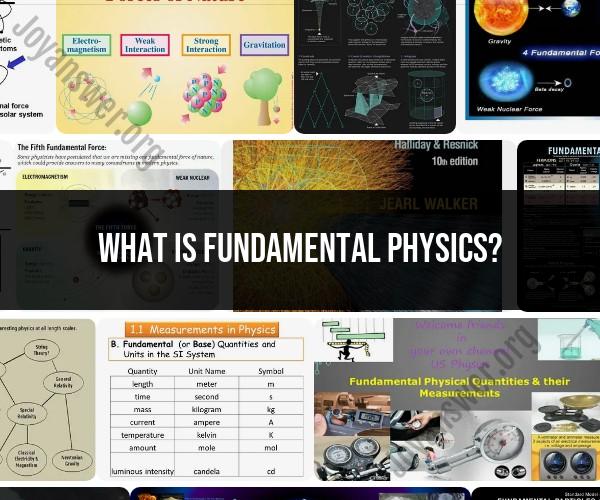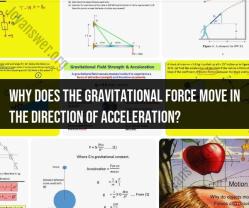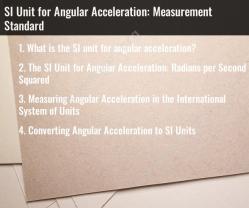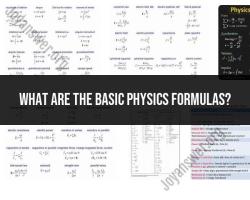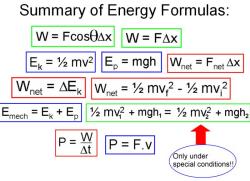What is fundamental physics?
Fundamental physics, also known as theoretical physics, is a branch of physics that seeks to understand the fundamental principles and laws that underlie the behavior of the physical universe at the deepest and most basic level. It delves into the fundamental constituents of matter, the forces that govern their interactions, and the mathematical frameworks used to describe and predict physical phenomena.
Key areas of study within fundamental physics include:
Particle Physics: This field explores the subatomic particles that make up matter, such as quarks, leptons, and bosons. It also investigates the fundamental forces that govern their interactions, like the electromagnetic, weak, and strong nuclear forces.
Quantum Mechanics: Quantum mechanics is a fundamental theory in physics that describes the behavior of matter and energy at the quantum level, typically at the scale of atoms and subatomic particles. It has revolutionized our understanding of the microscopic world and introduced concepts like wave-particle duality, superposition, and quantum entanglement.
General Relativity: General relativity, proposed by Albert Einstein, is the theory of gravitation. It describes how massive objects warp spacetime and how this curvature results in the force of gravity.
Cosmology: This field investigates the structure, origin, and evolution of the universe as a whole, including topics like the Big Bang theory and the nature of dark matter and dark energy.
String Theory: String theory is a theoretical framework aiming to unify the fundamental forces of nature and describe all particles as vibrating strings. It's a candidate for a theory of everything, but it is still under active research and development.
The Standard Model: The Standard Model of particle physics is a theory that describes the fundamental particles and their interactions, except for gravity. It is a cornerstone of modern particle physics.
Fundamental physics is a quest to discover the basic laws and principles that govern the physical world. It involves both theoretical work to develop models and experimental work to test and refine these models. The knowledge and insights gained from fundamental physics not only deepen our understanding of the universe but also often lead to practical applications in technology and engineering.
Fundamental Physics: Unveiling the Secrets of the Universe
Fundamental physics is the branch of physics that studies the most fundamental laws and principles of nature. It is the most abstract and theoretical branch of physics, and it seeks to understand the universe at its most basic level.
Fundamental physics has made enormous progress in recent centuries. We now have a deep understanding of many of the fundamental laws of nature, such as the laws of motion, the laws of electromagnetism, and the laws of quantum mechanics.
However, there are still many unanswered questions in fundamental physics. For example, we do not yet have a complete theory of quantum gravity, which would unify the laws of quantum mechanics with the laws of general relativity. We also do not know what dark matter and dark energy are, or why they make up such a large proportion of the universe.
Despite these challenges, fundamental physics continues to push the boundaries of our knowledge. It is a vibrant and exciting field of research, and it is poised to make even more groundbreaking discoveries in the years to come.
The Quest for the Fundamental Laws of Nature in Physics
The quest for the fundamental laws of nature is one of the oldest and most important endeavors in physics. Physicists have been searching for these laws for centuries, and they have made significant progress in recent decades.
However, the quest for the fundamental laws of nature is far from over. There are still many unanswered questions, such as the nature of dark matter and dark energy, and the unification of quantum mechanics and general relativity.
Physicists use a variety of methods to search for the fundamental laws of nature. One common approach is to study the behavior of matter at the smallest scales. This involves using particle accelerators to smash particles together and study the resulting debris. Another approach is to study the behavior of matter at the largest scales. This involves studying galaxies and other cosmological objects.
The Core Concepts and Principles of Fundamental Physics
The core concepts and principles of fundamental physics include:
- Energy and matter: Energy and matter are the two fundamental building blocks of the universe. Energy can exist in many different forms, such as light, heat, and electricity. Matter can exist in many different forms, such as atoms, molecules, and solids.
- Force and motion: Force is what causes matter to move or accelerate. Motion is the change in position of matter over time.
- Quantum mechanics: Quantum mechanics is the branch of physics that studies the behavior of matter at the atomic and subatomic level. Quantum mechanics is very different from classical physics, which is the branch of physics that studies the behavior of matter at the macroscopic level.
- Relativity: Relativity is the branch of physics that studies the relationship between space and time. Relativity has two main branches: special relativity and general relativity. Special relativity describes the relationship between space and time in the absence of gravity. General relativity describes the relationship between space and time in the presence of gravity.
How Does Fundamental Physics Differ from Applied Physics?
Fundamental physics and applied physics are two different branches of physics. Fundamental physics studies the most fundamental laws and principles of nature, while applied physics uses the laws and principles of fundamental physics to solve practical problems.
Here are some examples of the difference between fundamental physics and applied physics:
- Fundamental physics studies the nature of light, while applied physics uses light to develop new technologies, such as lasers and fiber optics.
- Fundamental physics studies the nature of electricity, while applied physics uses electricity to develop new technologies, such as computers and smartphones.
- Fundamental physics studies the nature of gravity, while applied physics uses gravity to develop new technologies, such as GPS and satellite navigation.
The Interplay Between Fundamental Physics and Other Scientific Disciplines
Fundamental physics is closely related to other scientific disciplines, such as chemistry, biology, and astronomy. Fundamental physics provides the foundation for our understanding of these other disciplines.
For example, chemistry is the study of the composition and properties of matter. Fundamental physics provides the basic understanding of matter and the forces that bind atoms together.
Biology is the study of living things. Fundamental physics provides the basic understanding of the molecules and cells that make up living things.
Astronomy is the study of celestial objects and phenomena. Fundamental physics provides the basic understanding of the forces that govern the motion of celestial objects.
Fundamental physics is also important for the development of new technologies. For example, the development of the transistor was based on the fundamental principles of quantum mechanics. The development of the laser was based on the fundamental principles of quantum optics.
The interplay between fundamental physics and other scientific disciplines is essential for the advancement of science and technology.
